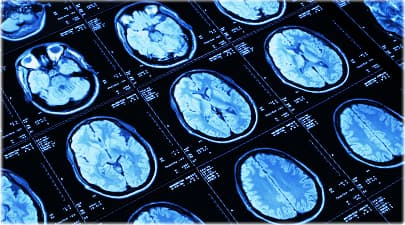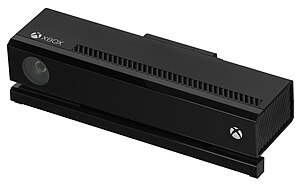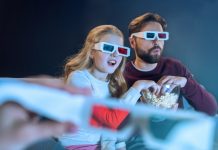The American Heart Association’s 2017 statistics ranks stroke as the 5th leading cause of death in the US, with 795,000 strokes occurring in the US each year. That’s about one every 40 seconds, and while they are not all fatal, strokes can also cause major, life-changing disabilities. Approximately 16.5% of stroke victims will not survive their stroke, and 60% of them will succumb to being rushed to the hospital. A staggering 83.5% of survivors will not experience full recovery, often losing some or all upper limb function. Because strokes are so common, it is important to focus on improving these statistics.

While it is certainly preferable to prevent these effects before the patient must undergo physical therapy in the hopes of regaining their strength, that is not always possible. Physicians and researchers from the Neurorehabilitation and Cerebral Damage Service from NISA Hospitals and the Universitat Politècnica de València in Valencia, Spain are developing a Mixed Reality (MR) based exercise program to help combat this problem. The projective tabletop system allows the user to manipulate the virtual image by incorporating Microsoft’s Kinect™ depth sensor and an Epson projector. The virtual environment reacts to the user’s movement, mimicking the real world-reactions of objects to encourage the movement of the upper limbs and fingers.

These Mixed Reality physical therapy exercises, in most cases, consisted of a wide range of planar, unimanual tasks that involve arm and hand movements, focused on the flexion and extension of the elbow, the wrist, and the metacarpophalangeal joint. These exercises were designed to strengthen the parts of the arms responsible for daily tasks, allowing the patient to regain as much of their normal function as possible. Sessions were 45 minutes long, and occurred three to five days a week. All the training sessions were supervised by a physical therapist.

Assessment of the trial revealed a significant time difference in activities like the Wolf Motor Function Test, the Box and Blocks Test, and the Nine Hole Peg Text. Post-hoc analysis also showed significant improvement after the experimental intervention according to the Fugl-Meyer Assessment Scale. These results suggest effective motor learning and skill adaptation derived from the experimental treatment. Patients reported being very happy with the results.

This MR Exercise Program was shown to be effective for rehabilitation of the upper extremity motor ability and manual dexterity in patients recovering from strokes. The low-cost, portable system was well received by patients and easy to explain and use. We would love to see AR being incorporated into physical therapy and many other recovery techniques that allow patients to regain their normal lives after traumatic injury or illness.
What do you think about this new rehabilitation technique? Tell us in the comments section!
Source:https://www.ncbi.nlm.nih.gov/pmc/articles/PMC4864937/pdf/12984_2016_Article_153.pdf








